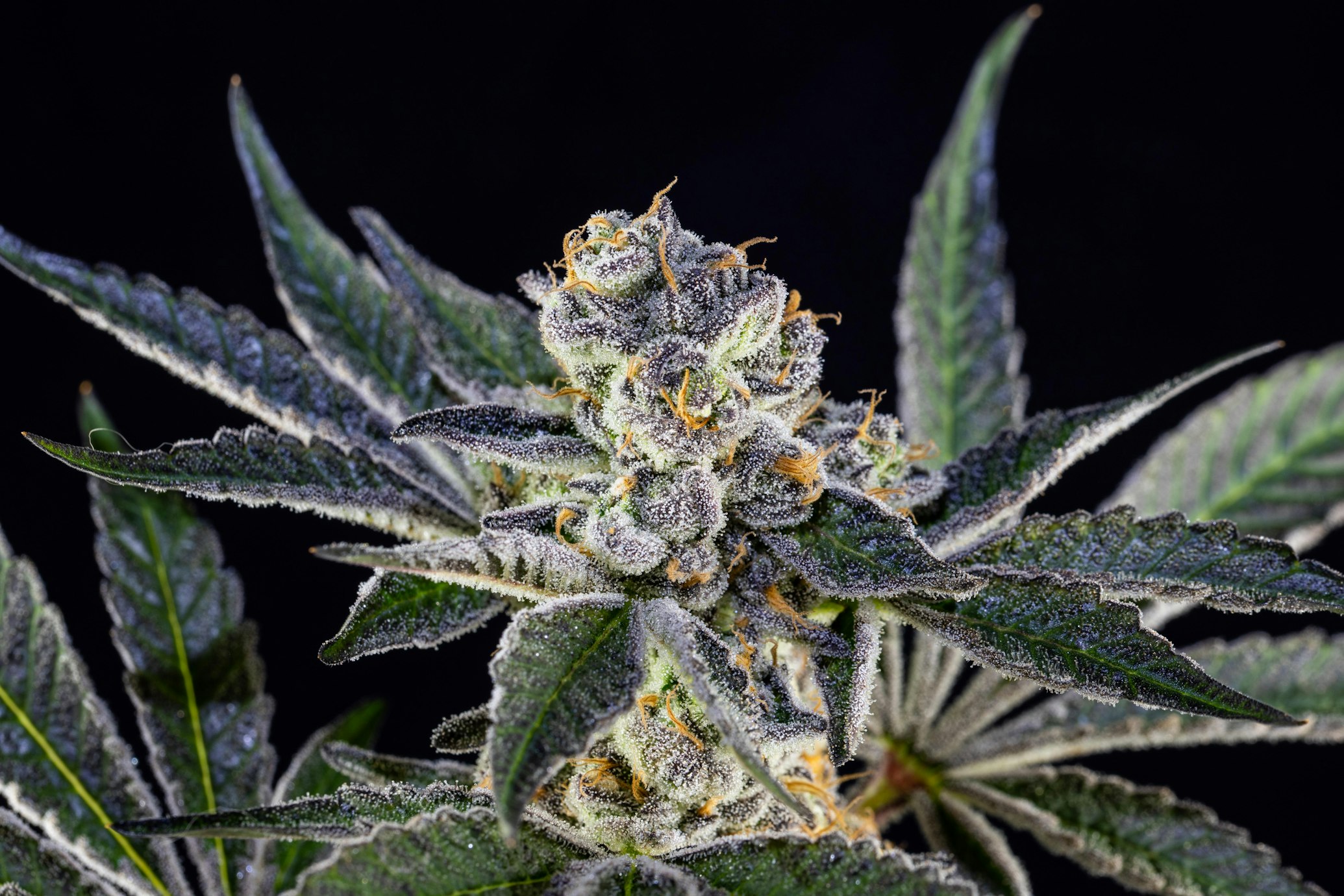
In the last few years, as regulations around THC have lightened, attention has been thrown onto THCa through additional research. THCa is unique in its distinction from THC, and has now been increasingly used in wellness routines across the world. By understanding the difference between weed and THCa, specifically how the latter “becomes” the former, you can determine which is right for your needs.
For those unfamiliar, THCa (tetrahydrocannabinolic acid) is the non-psychoactive form of THC found in raw cannabis. Only once this acid is heated does THC form through a process known as decarboxylation. THC is the chemical responsible for the intoxicating and psychoactive effects that people experience when smoking or consuming products. Many people choose to ingest THCa flower as there is evidence to suggest THCa offers potential anti-inflammatory or neuroprotective benefits without the high.
As mentioned, decarboxylation is the process through which THC is activated via THCa. This chemical process occurs when cannabis is exposed to heat in the form of smoking, vaping, baking, or anything similar. The reason this occurs is that the heat applied removes a carboxyl group and releases carbon dioxide as a byproduct. When this carbon atom is removed, THCa is converted to THC, which has psychoactive properties.
Lighting a joint, baking edibles, and even vaping at the right temperature can all cause this process. The temperature for this process to occur differs depending on the substance involved, but a temperature of 200-290 degrees Fahrenheit for 7-60 minutes, depending on the temperature, will cause it. If you’ve ever wondered why burning weed with a lighter is instant, it’s because the flame is upwards of 4,500 degrees for the average lighter.
Knowing what decarboxylation is matters because of what it causes. Cannabis turns from non-psychoactive to psychoactive as a result of the process. Before heating, THCa can offer mild inflammatory and neuroprotective benefits without any sort of high. After heating, though, THC can affect pain positively, but it will also impact mood, perception, motor skills, and more. This distinction matters for both recreational and medicinal users.
As a general rule of thumb, consuming cannabis products raw most likely means you are consuming THCa, whereas consuming them activated means you are in taking THC. Always read the packaging of anything you buy at a dispensary to ensure you are getting what you want.
In the event you are trying to experience the psychoactive properties of THC, you need to decarboxylate cannabis properly. Use the aforementioned temperature range and timing to do this. If you are unsure, decarboxylation cannabis at 220°F/104°C for ~30–45 minutes is a good rule of thumb.
For those using vapes, be sure to adjust the temperature settings depending on what you want. To preserve THCa, you need to keep the temperature level below decarboxylation levels. On the flip side, don’t overheat your cannabis either, as this can degrade cannabinoids, thus impacting efficacy, while also creating terpenes, which create the strong weed odor.
Below are a few of the most common myths surrounding THCa and the general process of decarboxylation, all of which aren’t true:
When in doubt, remember that THC is the activated version of THCa when exposed to heat. It is this exposure and activation that unleashes the psychoactive properties of the chemical. This means that THCa on its own in a raw form cannot get you high, but if you expose it to the right amount of heat for the right amount of time, then it can transform into THC, which will give a high.
Heating THCa transforms it into THC through decarboxylation, thus activating its psychoactive effects. Be aware of this anytime you are ingesting something. Consider your goals, such as whether you want the therapeutic potential of THCa or the physical and mental effects of THC, when choosing what to ingest. Always use heat intentionally with THCa, as you don’t want to accidentally activate the THC and give yourself a high when you weren’t intending to experience one. Also, consult with a healthcare professional before trying either if you have preexisting conditions.